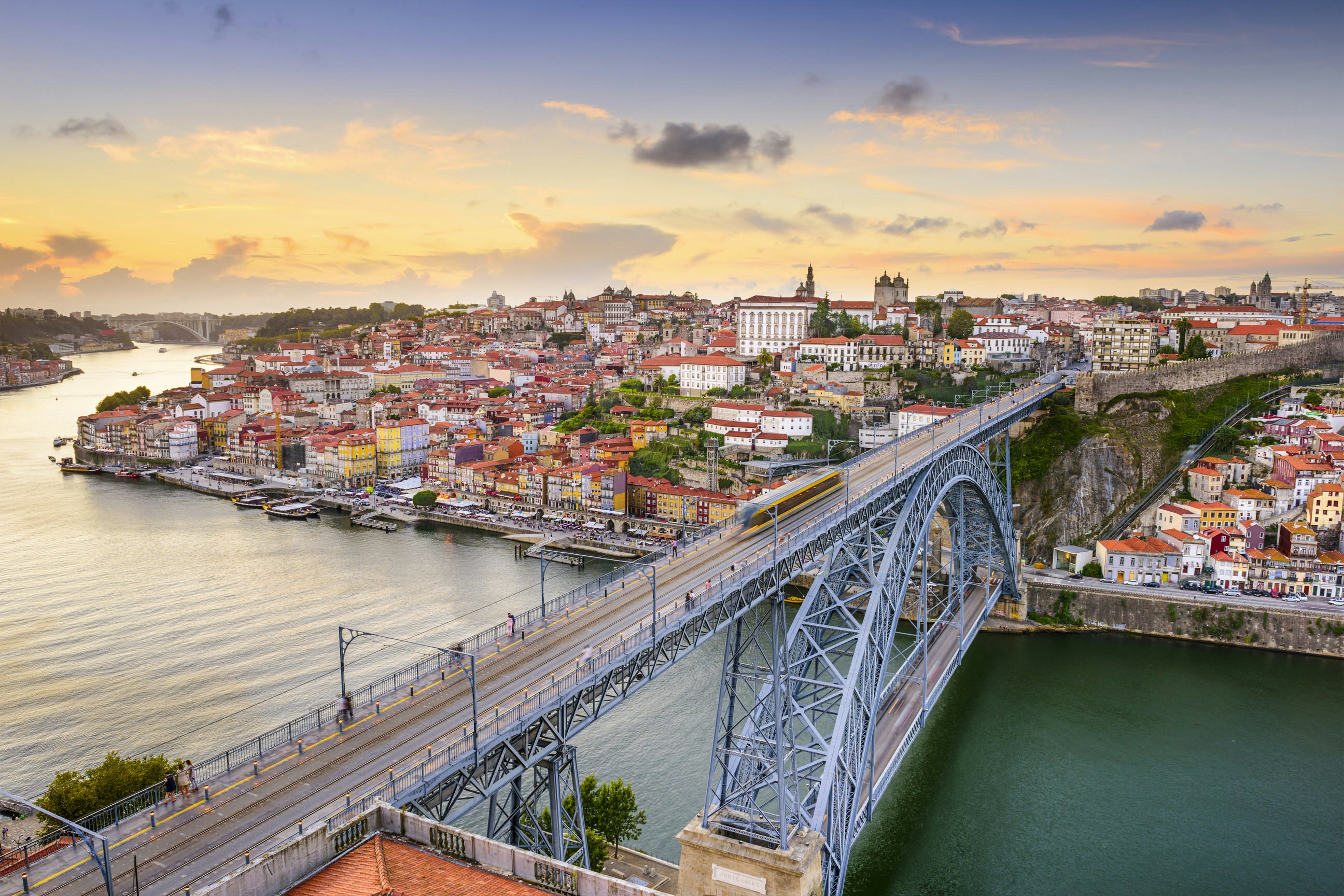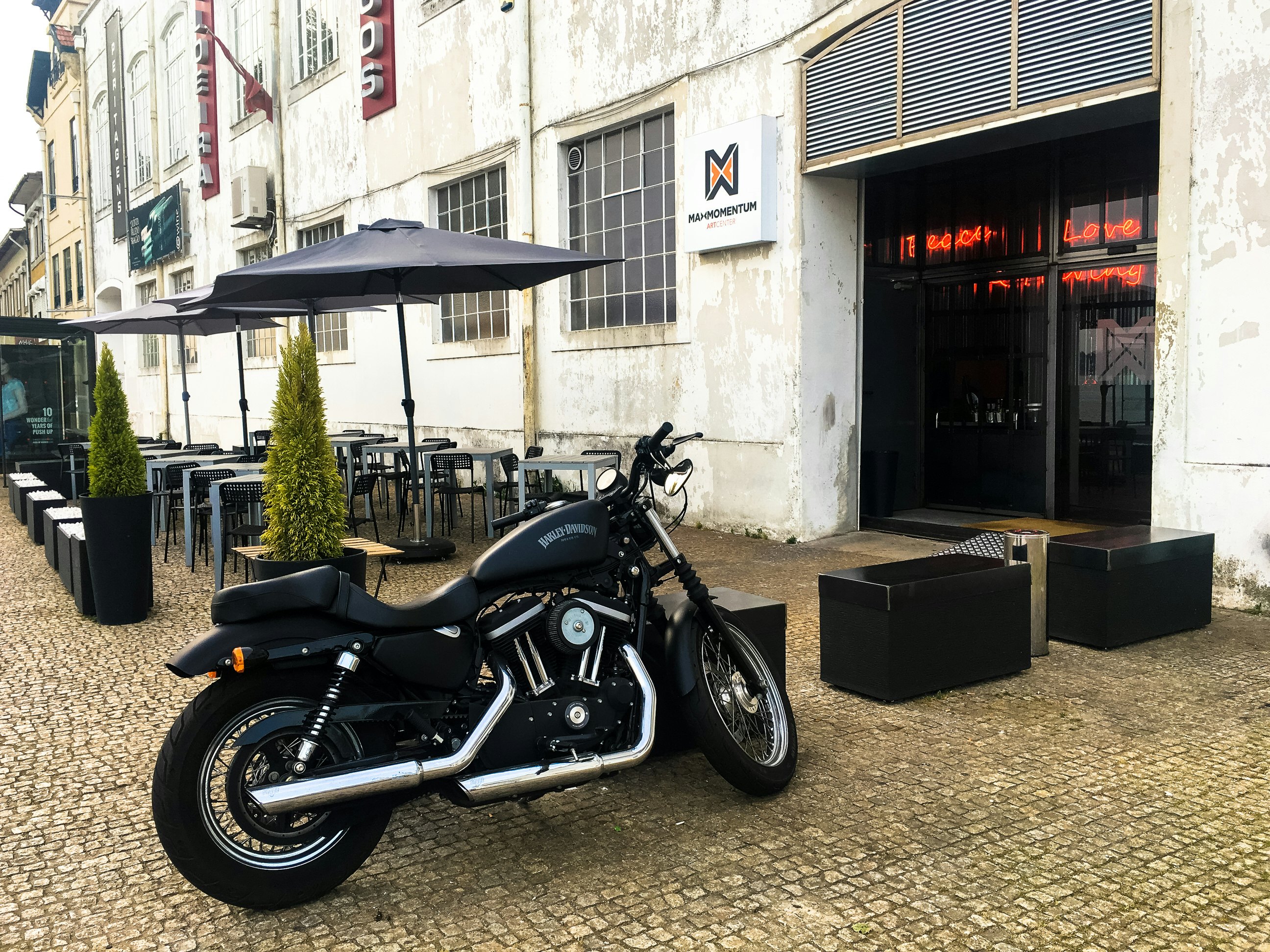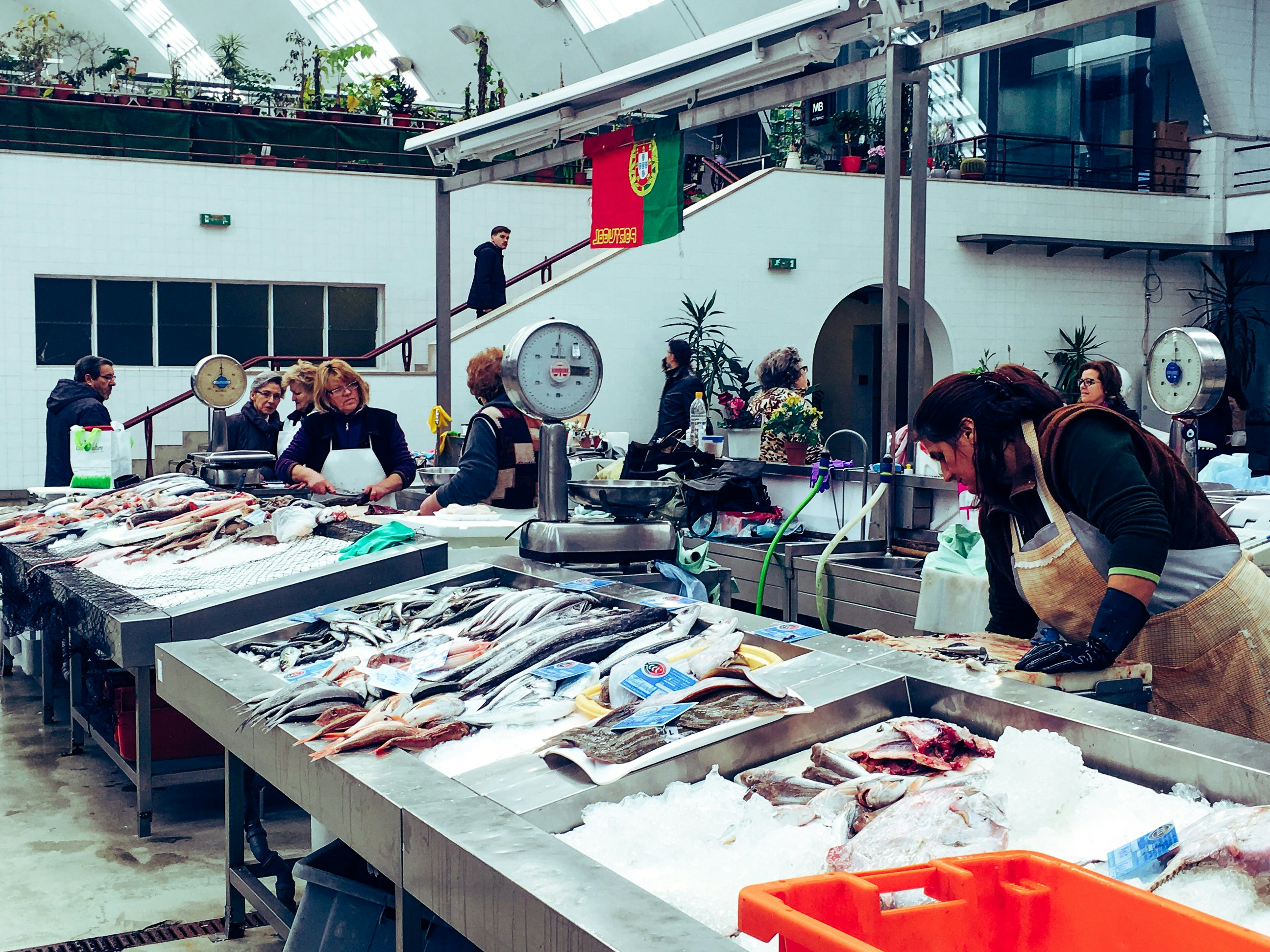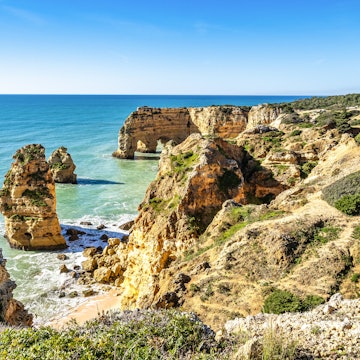

Take a path less-trodden in Porto © SeanPavonePhoto / Getty Images
When researching a trip to Porto you’ll likely have a checklist of must-see attractions: Livraria Lello, the Café Majestic and Palácio da Bolsa to name a few. While each attraction holds merit, Porto’s heartbeat is more palpable away from the holiday-making crowds, with its character seeping from the history-soaked buildings, echoing the highs and lows played out over centuries.

Whether you’re a return visitor to Porto or you simply cringe at the thought of spending your vacation in a queue, put on your best exploring shoes and get ready to discover Porto’s less-trodden paths.
Get to the heart of Porto's northern delights
On any trip to Porto you’ll inevitably visit the city’s central square, Praça da Liberdade, which is stamped by a statue of King Pedro IV of Portugal and first emperor of Brazil. The scene at the base of the statue depicts the gifting of Pedro’s heart to Porto, which, despite his Lisbon birth and overseas assignment, is where the monarch said his heart belonged. Few travellers trek uptown to the Igreja da Lapa, the church where Pedro’s heart actually lies, but it’s an opportunity not only to appreciate a historic gesture, but to discover traditional neighbourhoods in Porto’s north.
In the vicinity of the church on Rua do Bonjardim you can sample chacuti (Goan curry) at Portugandhi (Goa is a former Portuguese colony), and eat freshly baked pastries with locals at O Fumeiro bakery. Cross the road to the shady Praça do Marquês de Pombal and you'll see elderly gents congregating to play cards.

Uncover art in the east
One of the most underrated areas of Porto lies in the city’s east, towards the Bonfim neighbourhood. From Praça da Liberdade, you can head uphill to Batalha via the steps behind the São Bento Train Station (follow Rua da Madeira). It’s a solid workout, but the walls en route showcase the works of eminent street artists like Costah, Hazul and Godmess. You’ll pop out near the no-frills Cervejaria Gazela, which is a local favourite for small, crispy Portuguese hotdogs called cachorrinhos, and is where the late celebrity chef Anthony Bourdain was spotted on his final trip to Porto – a city he held dear.
From here it’s a five-minute walk to the pretty park Jardim de Marquês de Oliveira, popularly known as Jardim de São Lázaro, after the hospital for leprosy patients that operated nearby during the Middle Ages. This is another place to find loyal groups of card-playing residents and is close to Mesa 325, one of Porto’s best cafes for creamy cappuccinos.

A peaceful corner of Porto
Past the park, the city vibe shifts as you enter the serene, tree-lined Avenida de Rodrigues de Freitas, where paved streets intersect neat rows of tiled houses. Just before you reach the Heroísmo metro station, you’ll find one of the most peaceful places in the city – the 10-hectare Cemitério do Prado Repouso. Here magnolia, judas-tree and camellia petals flutter amongst the tombstones of notable figures such as former mayors, physicians, actors and writers (marked by plaques in English and Portuguese). There is also a monument to the victims of the 1891 revolution that took place in Porto – an event that kick-started the republican movement in Portugal.
Authentic impressions
Almost parallel to the cemetery is Rua de São Vítor. Amble your way down it to get an appreciation of a traditional working class area away from the restored glamour of the Ribeira district. From here, skip down the steps of Travessa São Vítor to reach Alameda das Fontaínhas for an undisturbed view across the river. Take note of the decommissioned Dona Maria rail bridge to the left, which was built by Gustave Eiffel before he constructed his namesake tower in Paris.
Like this? Try this: The 10 coolest bars to drink at in Porto

West is best for seafaring adventures
In contrast to the grit of the east, Porto’s upper echelons can be found schmoozing in the west, where the majestic Douro River meets the sea. The No.1 tram rattles its way to the swish suburb of Foz, but if you don’t fancy being sardined, collect a bike from Biclas & Triclas and ride the six kilometres to the rivermouth (the 500 bus from Avenida dos Aliados also runs this coastal route). In the afternoon you can witness a golden sunset framed by the stately Arrábida Bridge. Adventure seekers can scale it with Porto Bridge Climb.

About halfway to Foz you’ll be drawn to beats emanating from a shipbuilding-warehouse-turned-arts-centre called Maxmomentum, which offers live music and rotating exhibitions, before hitting Bocca, a bar and restaurant with appealing river views.
Half a kilometre ahead is the beautiful Jardim do Passeio Alegre park, and the adjoining palm-fringed avenue, Dom Carlos I, leads to the beach. Porto isn’t renowned for its sandy beaches, but the waves crashing against the Farol de Felgueira lighthouse on a windy day are spectacular.
Coastal traditions
At this point you can decide whether to appreciate the city’s seafaring roots from the fishing hubs of Afurada or Matosinhos.
If you want to cross the river to the quaint village of Afurada, trace back to the white gangplank that reads APDL to catch the small ferry Flor do Gás. The boat runs at roughly 15-minute intervals throughout the day and permits bikes. In Afurada the streets are small, the fish is fresh and the buildings are colourful. The village also marks the start of a rugged coastline that can be followed for 15km on foot or by bike to the coastal city of Espinho

If you’d prefer to continue north, ride your bike to the local hangout Parque da Cidade, which is the largest urban park in Portugal. The park borders Porto’s municipality of Matosinhos, best known for its street barbecues of trawler-fresh seafood.
You can see this seafood in its pre-grilled form at the Mercado de Matosinhos fish market from Monday to Saturday, located directly behind the Mercado metro stop. Be warned, you may also see broods of caged hens amongst the fruit and vegetables upstairs.
Dinner and a dip
From here you can cross the Río Leça to see what puts the ‘port’ in Porto at the Leixões seaport and continue on to the chilled seaside area of Leça da Palmeira (the 507 bus stops here).
If you can splash the cash, book a lunch at the Michelin-starred Boa Nova Tea House – it's hidden in an oceanfront national monument built by famous Portuguese architect Álvaro Siza Vieira – or, for something more casual, grab a burger at Santo Burga. Along the wide promenade you’ll find another of Siza’s creations at the Piscina das Marés tidal pools (Avenida da Liberdade), where you can round off your day with a refreshing dip. And, if you’re too tired to ride back to your hotel, you can cross the bridge back to Mercado and take your bicycle on the metro provided you enter via the rear door.
Make the most of your travel with sightseeing tours and activities from our trusted partners.
















